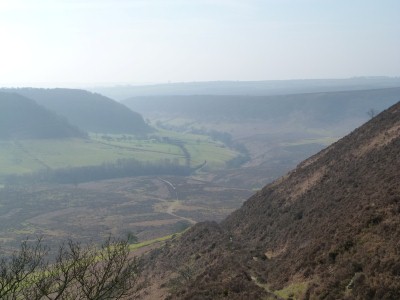
Well not really. Just water seeping through the ground until it met an impervious layer and flowed horizontally. Landslides and mud being washed away did the rest.
We'll walk along the ridge to our right, and return along the bottom of the valley.
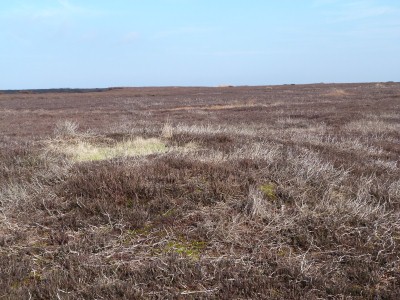
The Bronze Age residents who created this (barely discernible) barrow had different reasons.
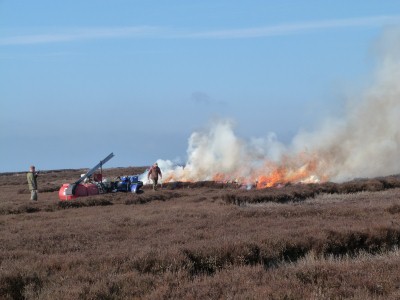
The heather is being burned in patches to encourage new heather to grow.
More importantly, it probably provides a better home for the grouse.
Which can then be shot.
Apparently its the game keeper that's doing the burning.
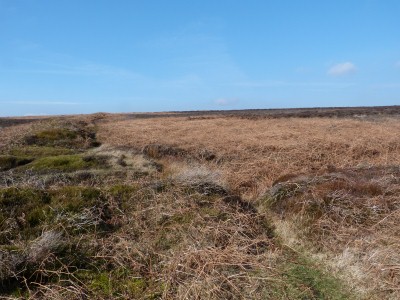
Not quite as elegant or extensive as the leats of Dartmoor. More like a boundary fence apparently.
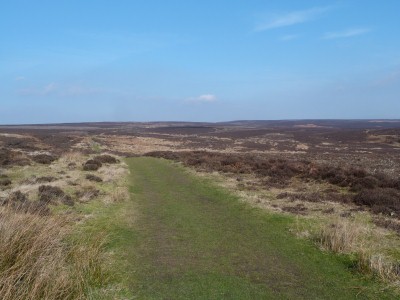
Just a pleasant walk.
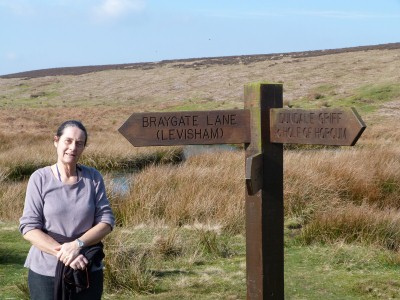
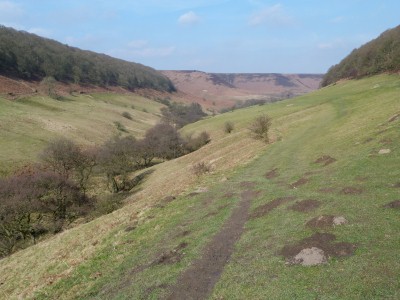
Its really just a valley but with a name like Hole of Horcum who could resist!
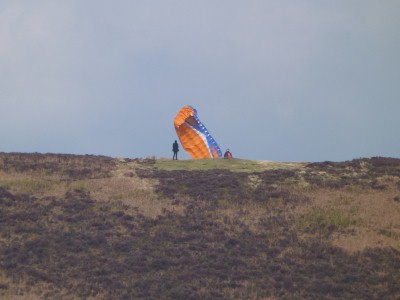
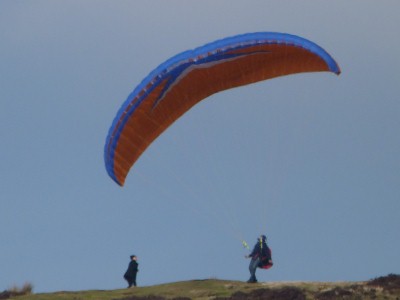
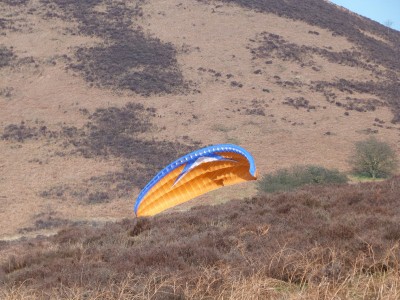
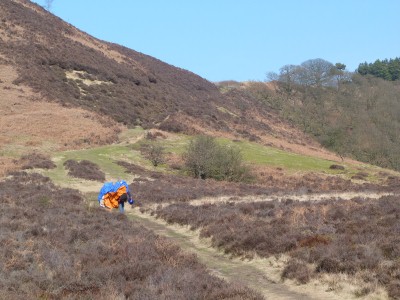
Which happened to be where we were headed (a what went down must go up sort of track).
Apparently what was supposed to happen was for the hang glider to follow an elegant circuit returning the pilot to the ridge top.
Unfortunately the wind was in slightly the wrong direction.
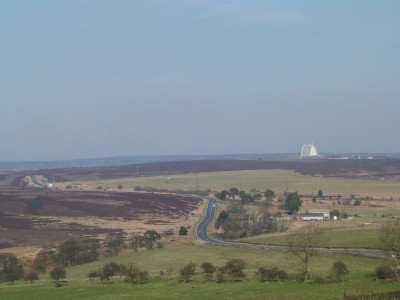
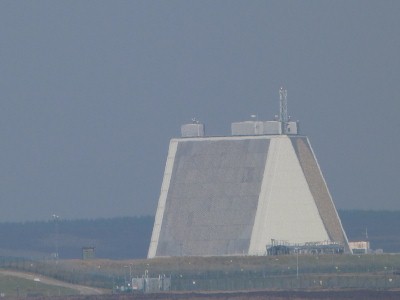
Instead of rotating the beam mechanically its direction is changed electronically.
Presumably much more flexible - as long as what one wants to look for isn't off to the side.
There are tv aerials for mobile homes which use the same principle, for both terrestrial and satellite reception.
I just hadn't expected to see one for radar, or quite so large.
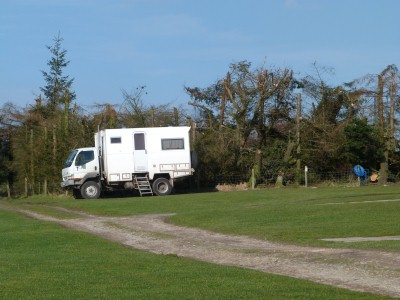
Attached to a dairy farm. The farmer is contemplating spending GBP300,000 on a rotary milking machine so that he can spend less time in the milking shed and have happier cows with higher yields.
A far cry from the communal dairy herd we spotted in eastern Europe but ready to catch up with New Zealand.